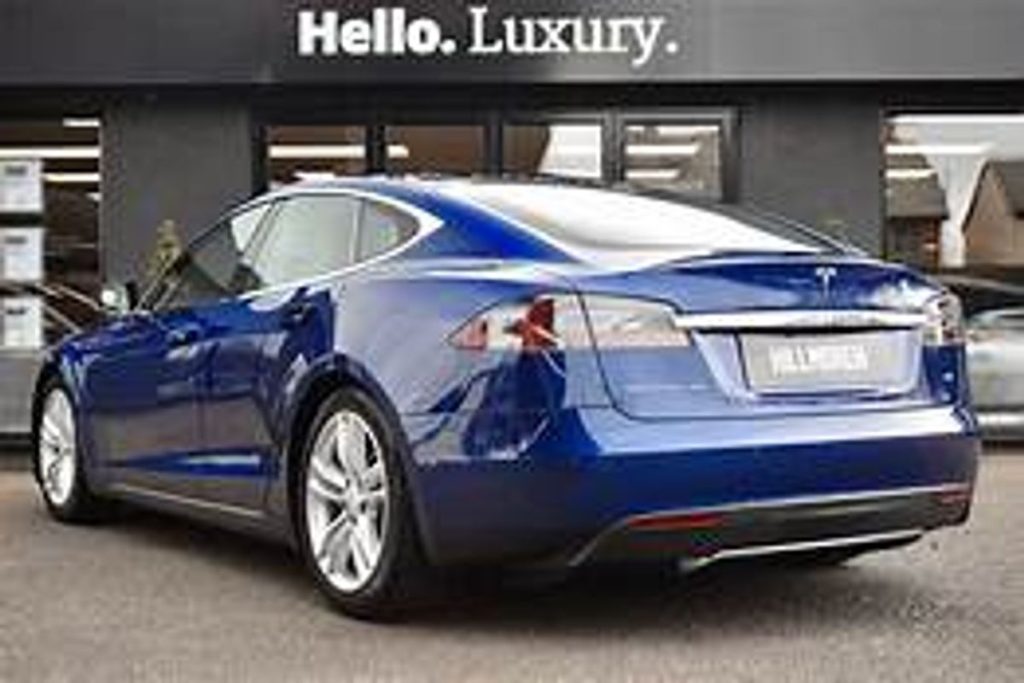Tesla Inc’s (TSLA.O) eye-popping profit margin has Wall Street analysts wondering if the business will be able to maintain it in the face of rising material costs and greater production costs.
The world’s most valuable manufacturer made a 32.9 percent profit margin, more than double that of legacy companies such as General Motors (GM.N), Ford Motor Co (F.N), and Stellantis, all of which have been investing substantially in the lucrative electric vehicle industry.
Tesla’s record profit margin, which occurred as a result of increased prices, fueled a roughly 9% increase in the stock price on Thursday, prompting at least five analysts to upgrade their price targets, but with caution.
According to them, margins could be squeezed in the coming months as ramp-up costs at the factories in Berlin and Texas gradually become part of the cost of production and move out of R&D expenses.
“While the margins are remarkable, some are concerned that they have reached their pinnacle,” said Julie Gillespie, TipRanks’ head of market research.
Even though Tesla’s price increases are intended to cover higher projected expenditures in the next six to twelve months, rising commodity costs could eat into margins.
The recent price increases are for orders that, in some circumstances, would be fulfilled a year later and may incur increased production expenses, thereby pressuring margins.
This means that production ramp-up would be critical for Tesla. “How many cars rattle down the production line ultimately determines its profits,” said Laura Hoy, an analyst at Hargreaves Lansdown.
“As a result, one of the most significant underlying risks to the group’s margins is volume loss. While demand has remained strong despite rising costs, affordability will always be a major consideration.”
Despite this, many investors remain optimistic about the company’s future after Chief Executive Elon Musk hinted that volume growth could reach 60% this year, up from 50% forecast in the fourth-quarter earnings call.
